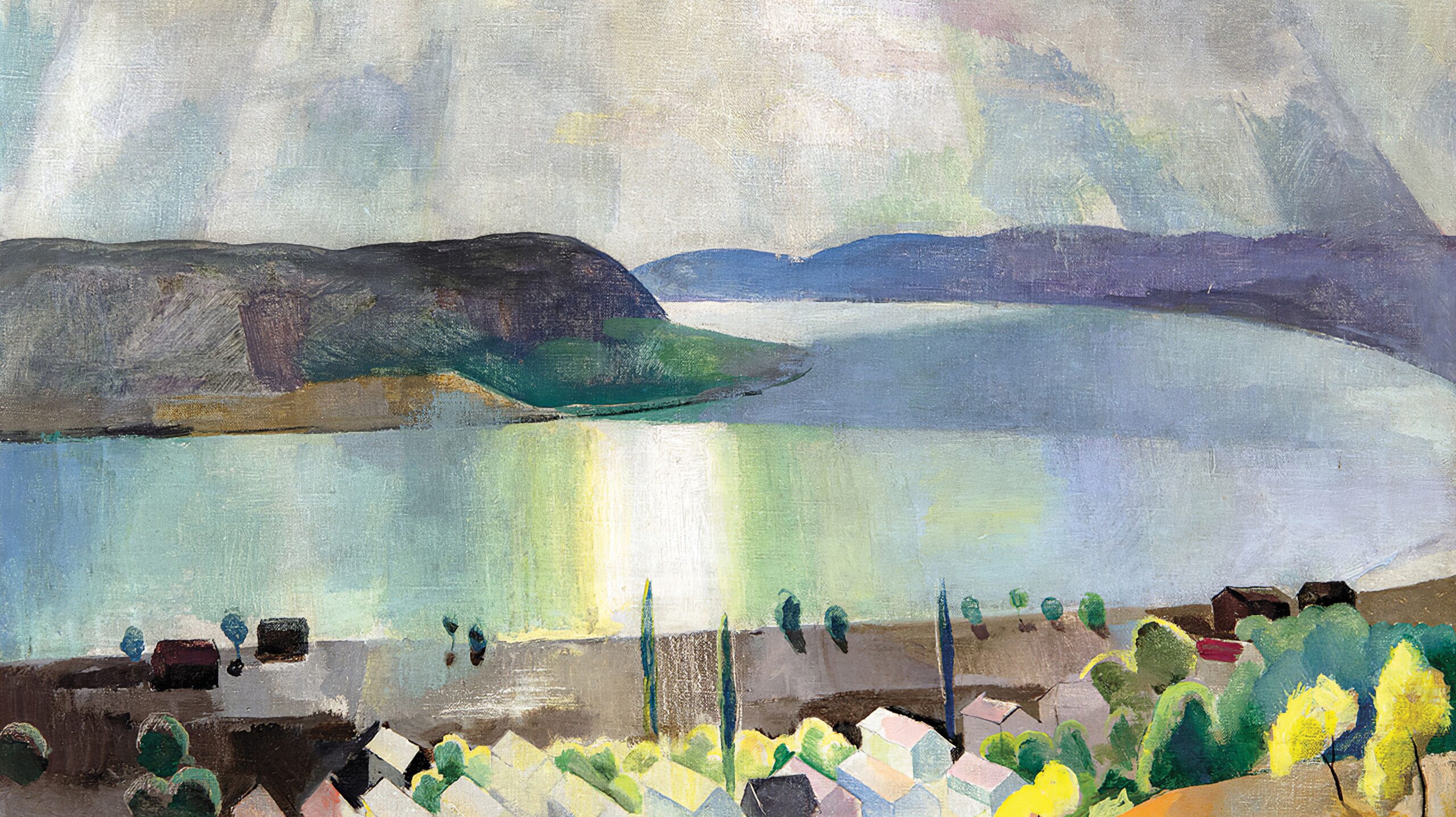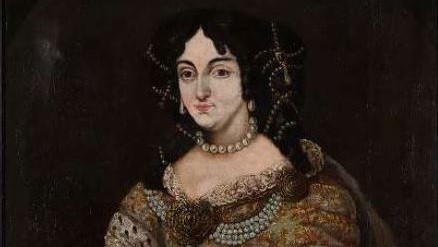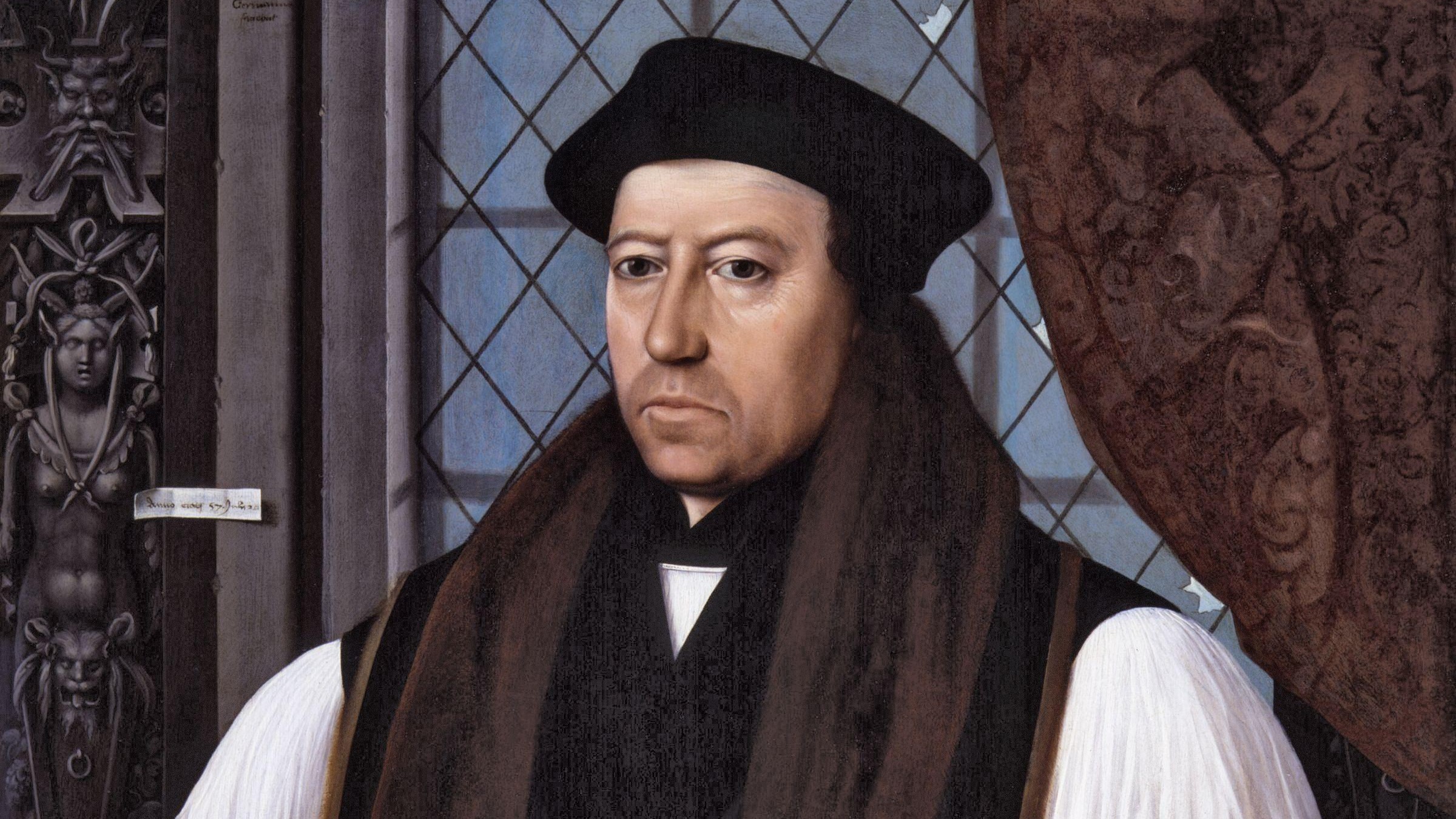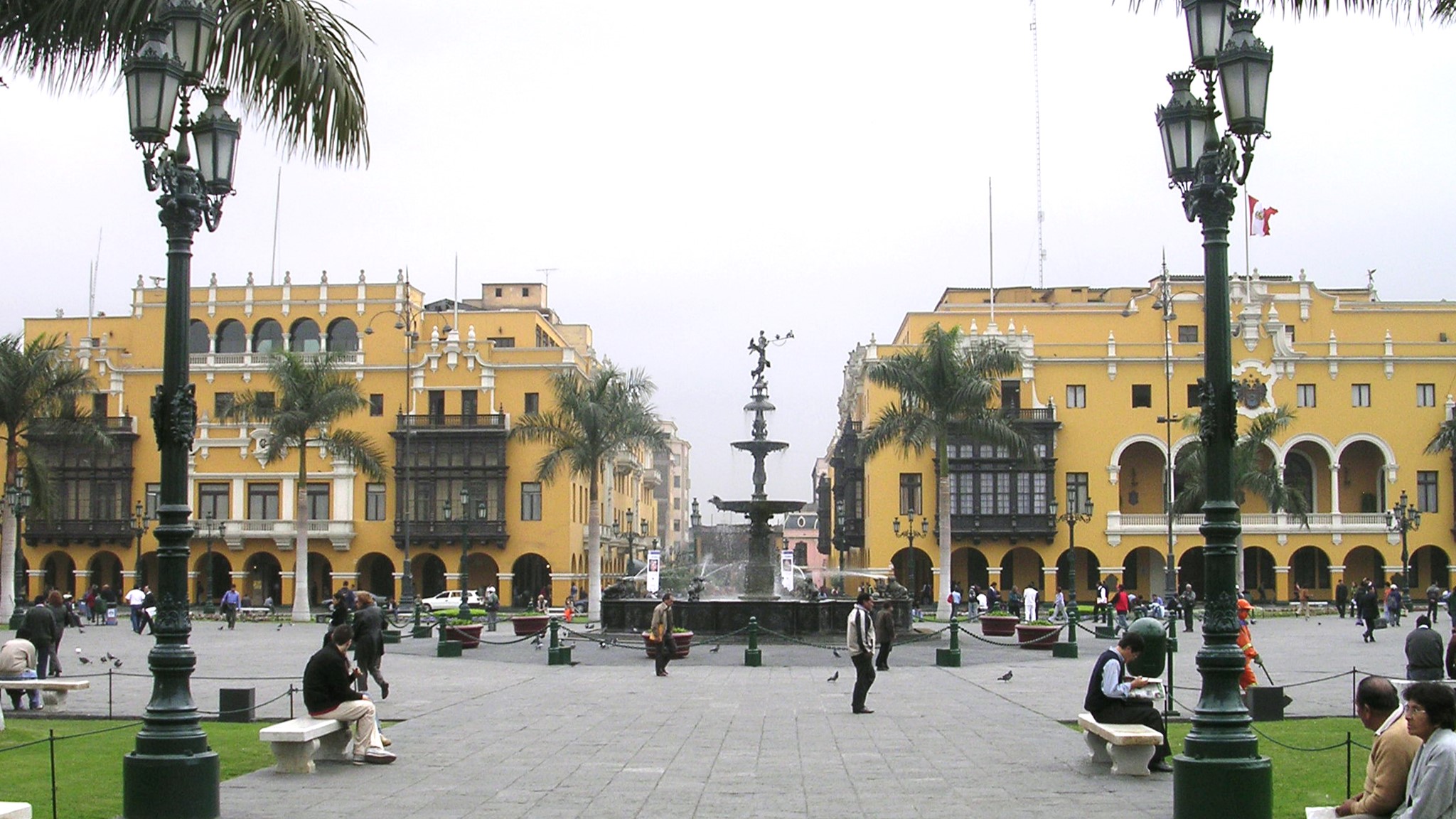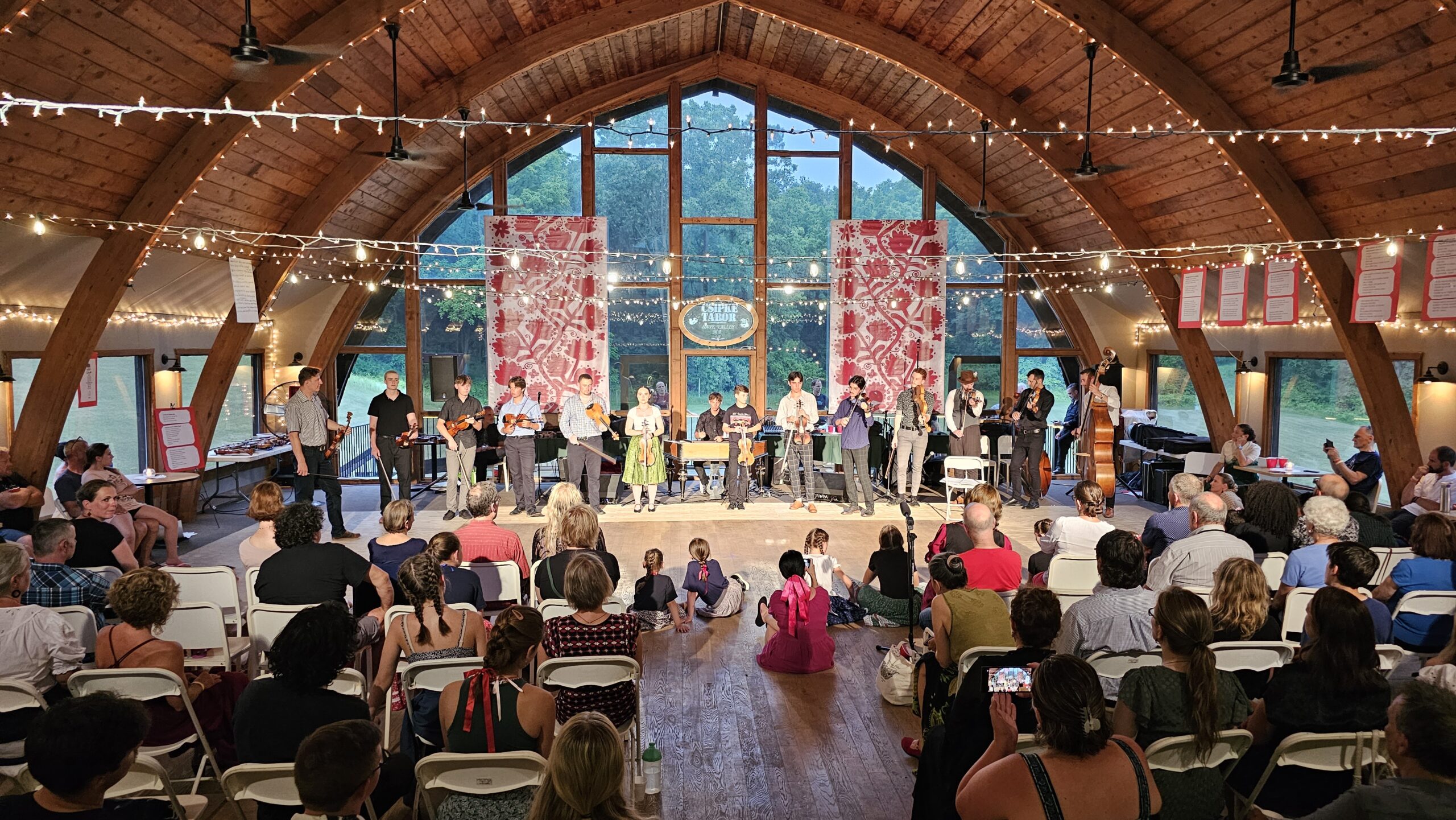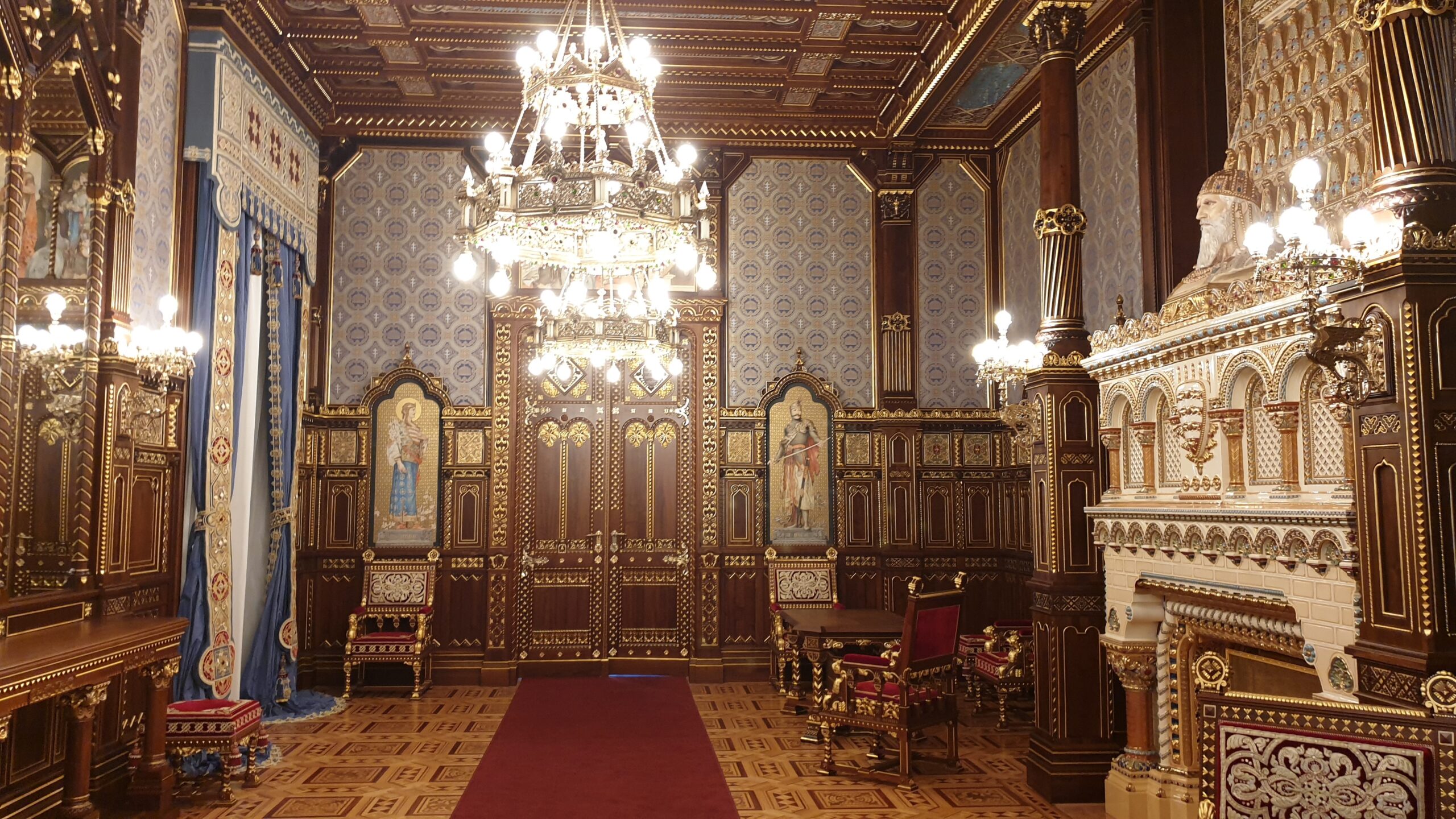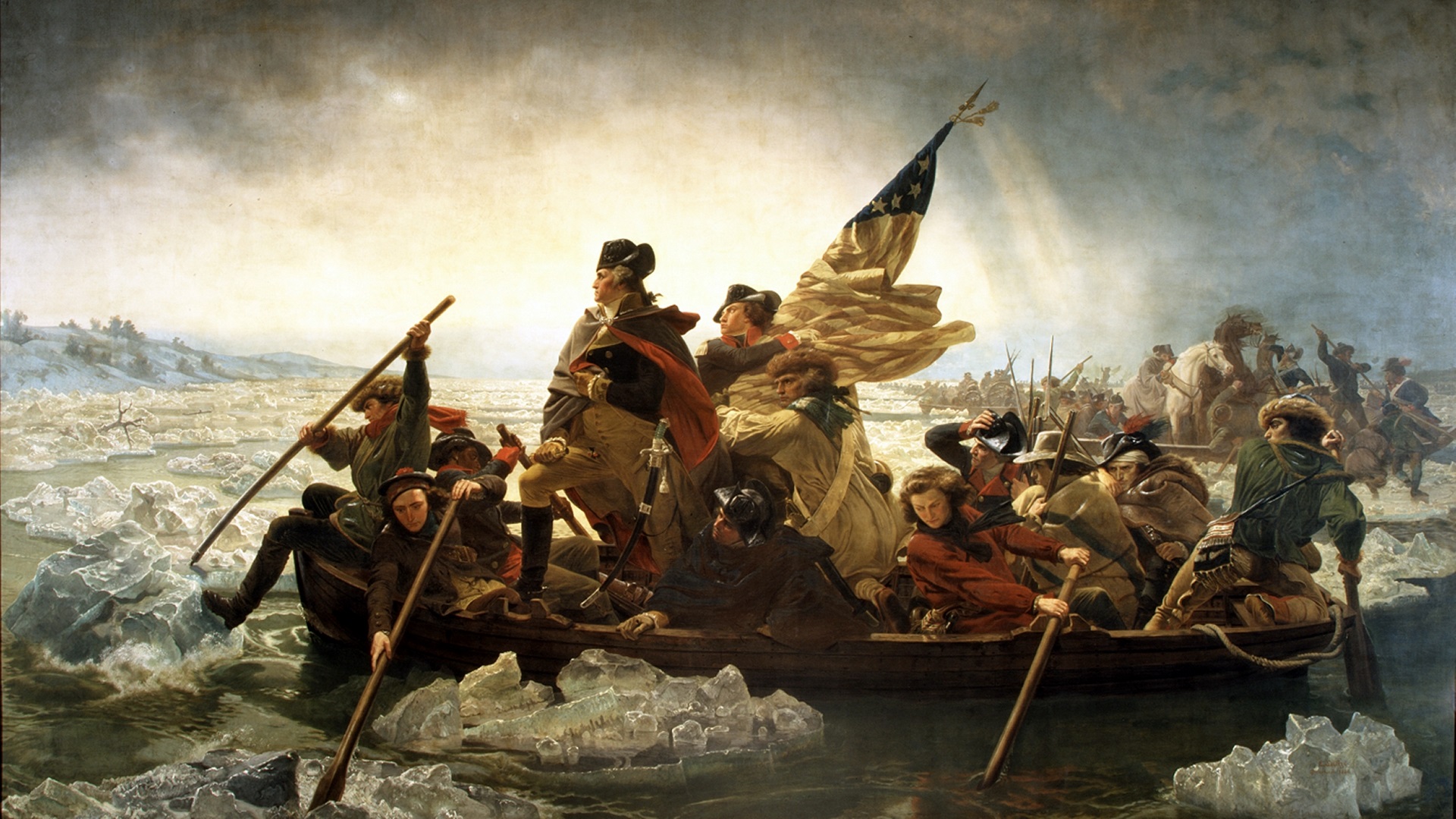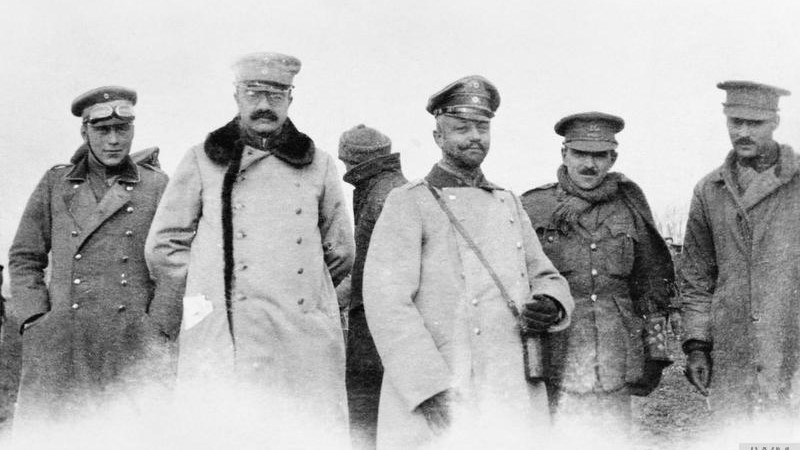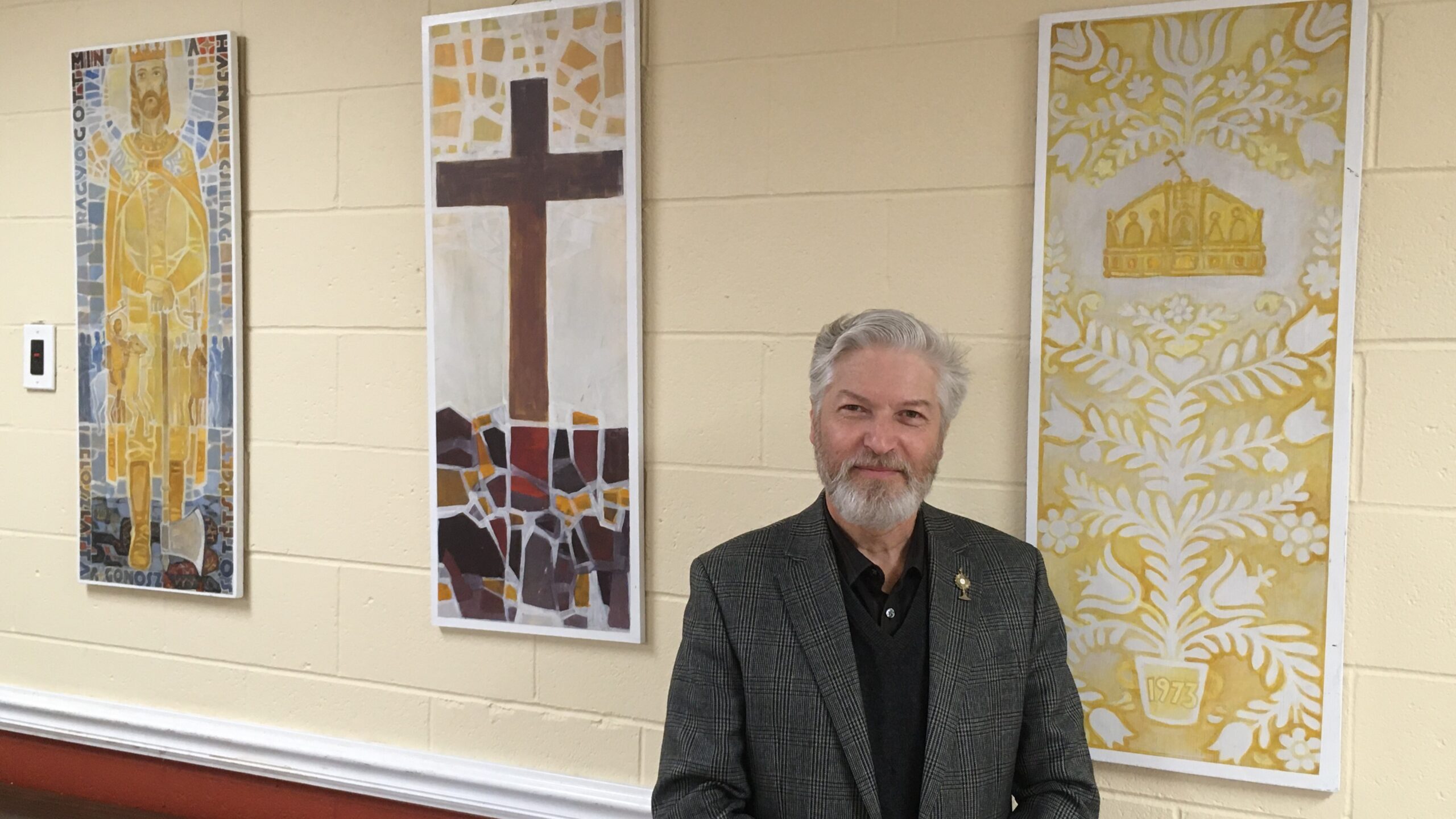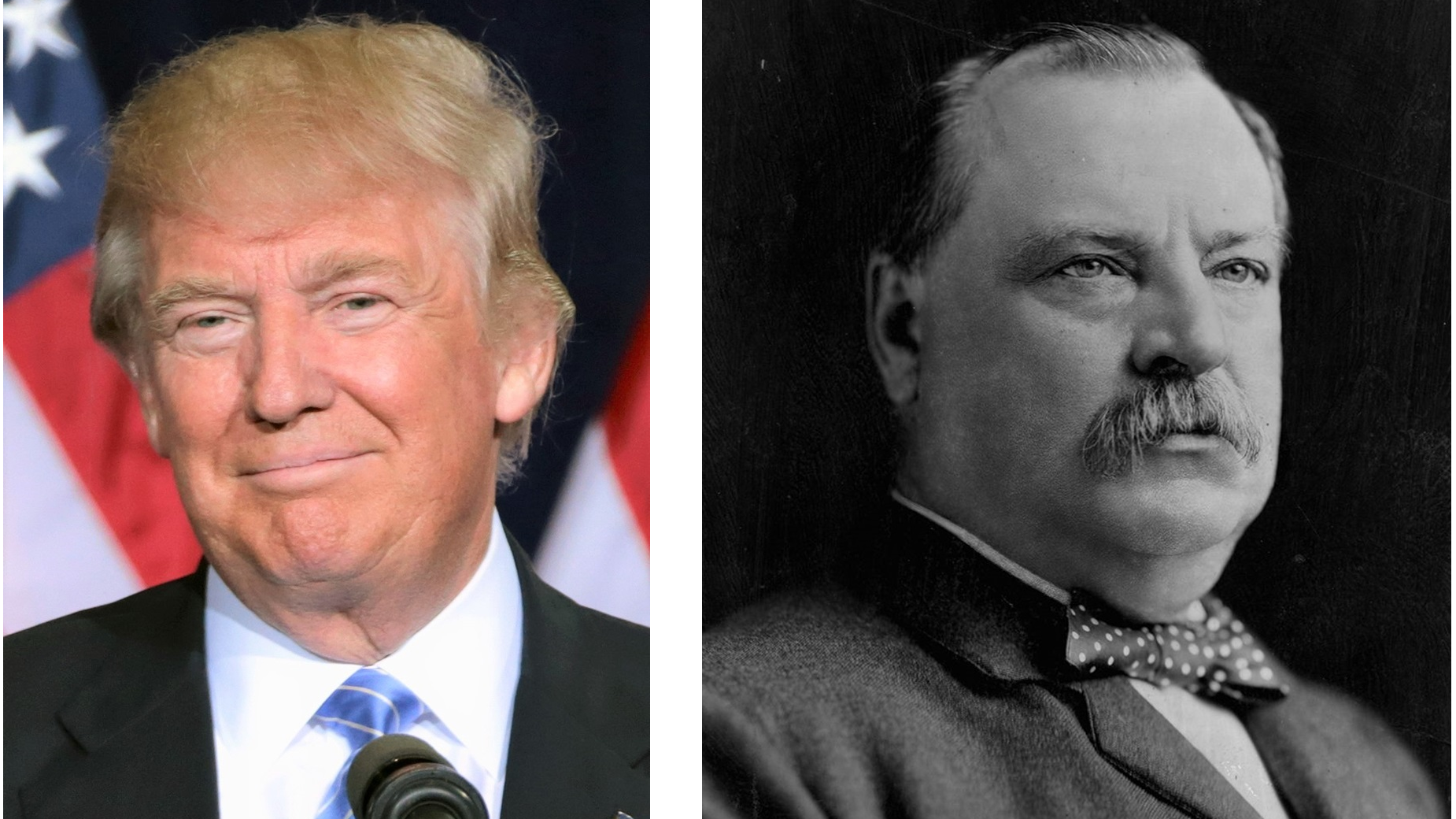
The Historical Parallels Between Donald Trump and Grover Cleveland
Donald Trump and Grover Cleveland are the only two presidents in US history to have been elected to non-consecutive second terms. However, as it turns out, it is not the only thing the two statesmen serving in the highest office in the land have in common.

